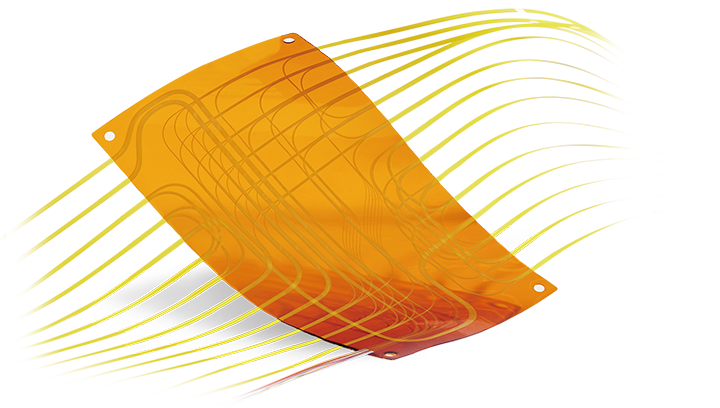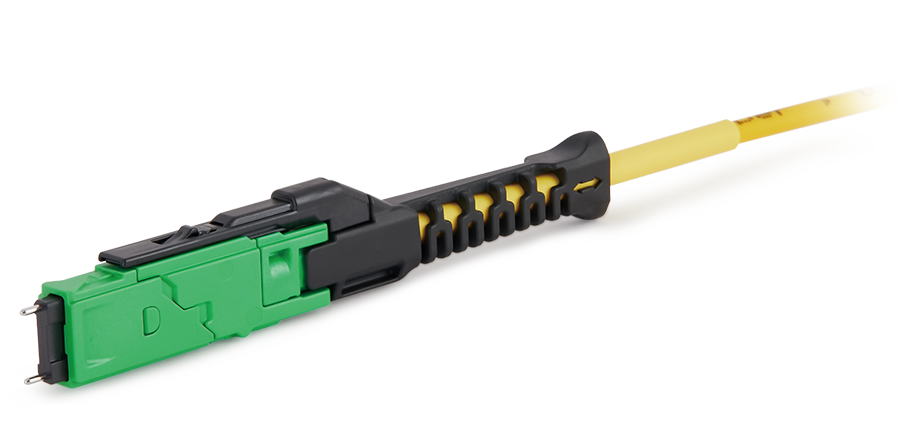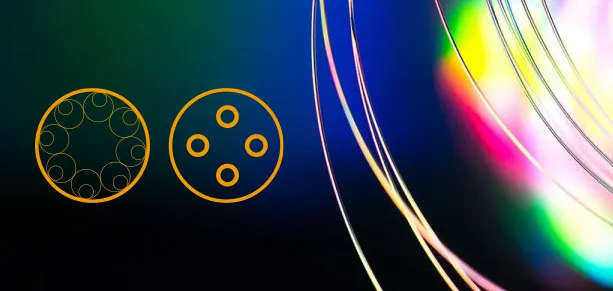In the realm of fiber optic technology, while standard fiber patch cables are commonplace, there exists a category of specialized variants, including mode conditioning cables and fiber loopbacks. This article aims to provide an insight into the fundamental aspects of PM (polarization maintaining) patch cables, shedding light on their functions, selection criteria, and application scenarios.
Functionality of PM Patch Cables
Within the fiber optic industry, polarization maintaining fiber stands out as a single-mode fiber capable of preserving linear polarization during the entire transmission within the fiber. The polarization of light launched into the fiber remains constant throughout its propagation. As one of the fiber patch cable types, PM patch cables, comprising PM fiber and high-quality ceramic fiber optic connectors, exhibit distinctive characteristics. These include low insertion loss, high extinction ratio, elevated return loss, exceptional changeability across a broad wavelength range, and noteworthy environmental stability and reliability.
Selecting PM Patch Cables
Choosing the appropriate type of PM fiber patch cable involves considering several key factors.
Connector Type: PM patch cables share common connectors with standard fiber optic cables, including LC, SC, FC, and ST. Connectors on both ends may be identical or different, such as LC-LC or LC-SC fiber patch cord connectors. The connectors are specifically capped to enhance protection, reflecting the intricate nature of PM connectors.
Fiber Type: PM fiber patch cables exclusively employ PM fibers. However, variations in PM fibers arise from different internal rod shapes. The internal rod ensures the linear polarization of input and output light in the fiber, with examples including "Panda" and "Bow-Tie" styles.
Cable Jacket: PM fiber patch cables may or may not feature a cable jacket. Generally, three types of PM cables exist—250μm bare fiber PM cable, 900μm loose tube jacket PM cable, and 3mm loose tube jacket PM cable.
Length: The standard length of PM fiber patch cables is 1 meter. Customization options are available for those requiring different lengths.
Applications of PM Patch Cables
PM fibers, designed to guide linearly polarized light, find applications in optical sensors, telecommunications, and sensor research. PM fiber patch cables prove particularly valuable in polarization-sensitive fiber optic systems where maintaining optical light in a linear state is imperative. They seamlessly integrate with devices such as interferometric sensors, integrated optics, and fiber amplifiers in high-speed and coherent telecommunications.
As a specialized variant of fiber patch cables, PM patch cables are meticulously crafted to preserve the polarization of linear optical light. The deployment of PM patch cables stands as an effective solution, ensuring the high performance and reliability of data transmission in scenarios where maintaining the linear state of optical light is critical.

 Fiber Optic Flex Circuit (FOFC)
Advanced Simulation & Optimization, High Positioning Accuracy, Flexible Customization, Rigorous Reliability Testing
Fiber Optic Flex Circuit (FOFC)
Advanced Simulation & Optimization, High Positioning Accuracy, Flexible Customization, Rigorous Reliability Testing MDC Solution
US Conec's MDC connector is a Very Small Form Factor (VSFF) duplex optical connector, expertly designed for terminating single-mode and multimode fiber cables with diameters up to 2.0mm.
MDC Solution
US Conec's MDC connector is a Very Small Form Factor (VSFF) duplex optical connector, expertly designed for terminating single-mode and multimode fiber cables with diameters up to 2.0mm. MMC Solution
US Conec's Very Small Form Factor (VSFF) multi-fiber optical connector that redefines high-density connectivity with its cutting-edge TMT ferrule technology and intuitive Direct-Conec™ push-pull boot design.
MMC Solution
US Conec's Very Small Form Factor (VSFF) multi-fiber optical connector that redefines high-density connectivity with its cutting-edge TMT ferrule technology and intuitive Direct-Conec™ push-pull boot design. EN
EN
 jp
jp  fr
fr  es
es  it
it  ru
ru  pt
pt  ar
ar  el
el  nl
nl 



_and_High-Reflection_(HR)_Optical_Coatings.webp)
